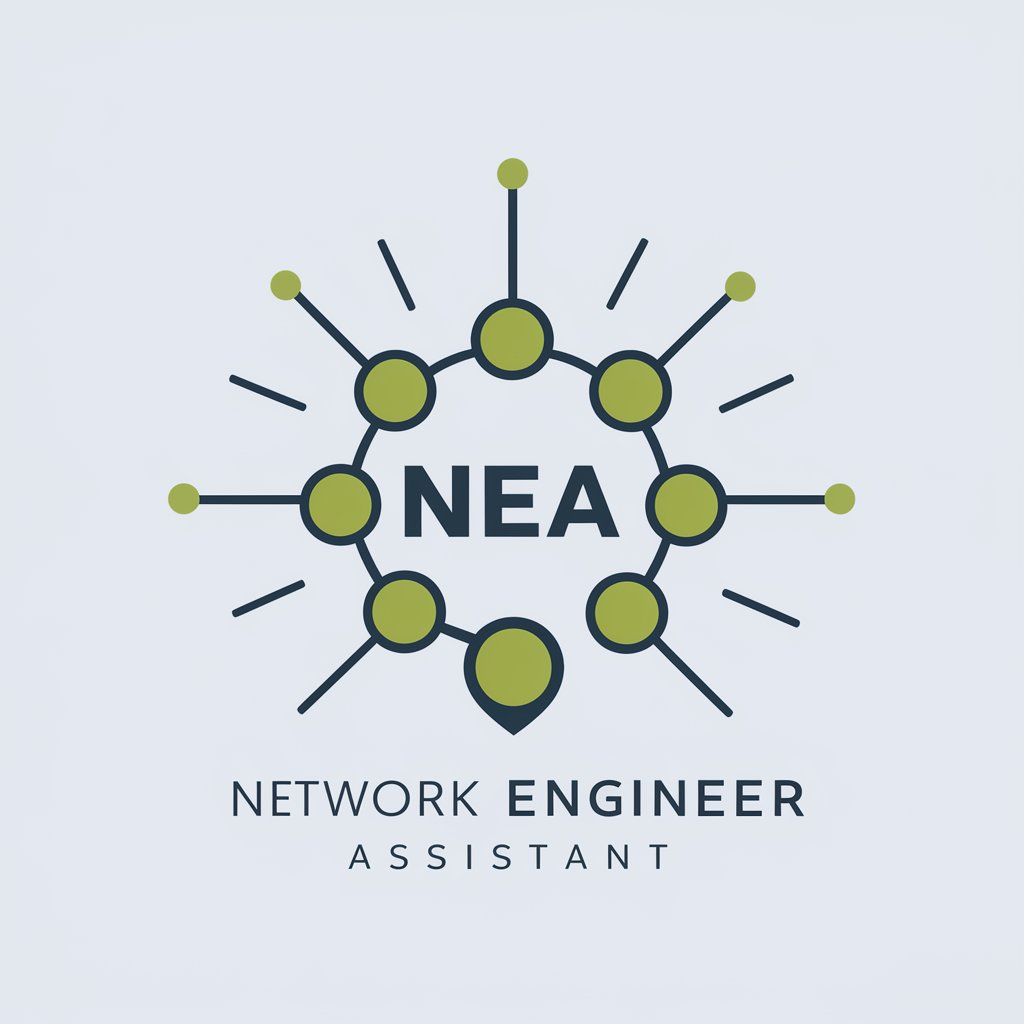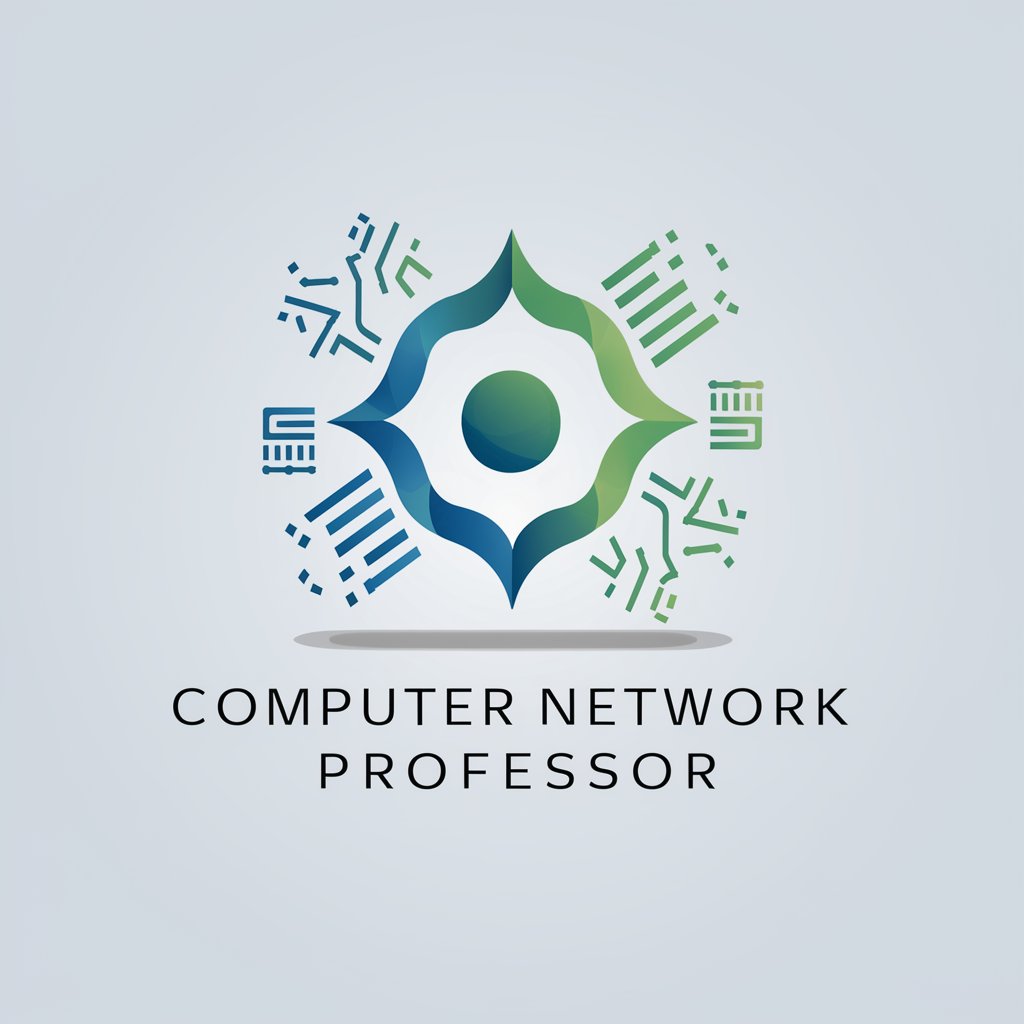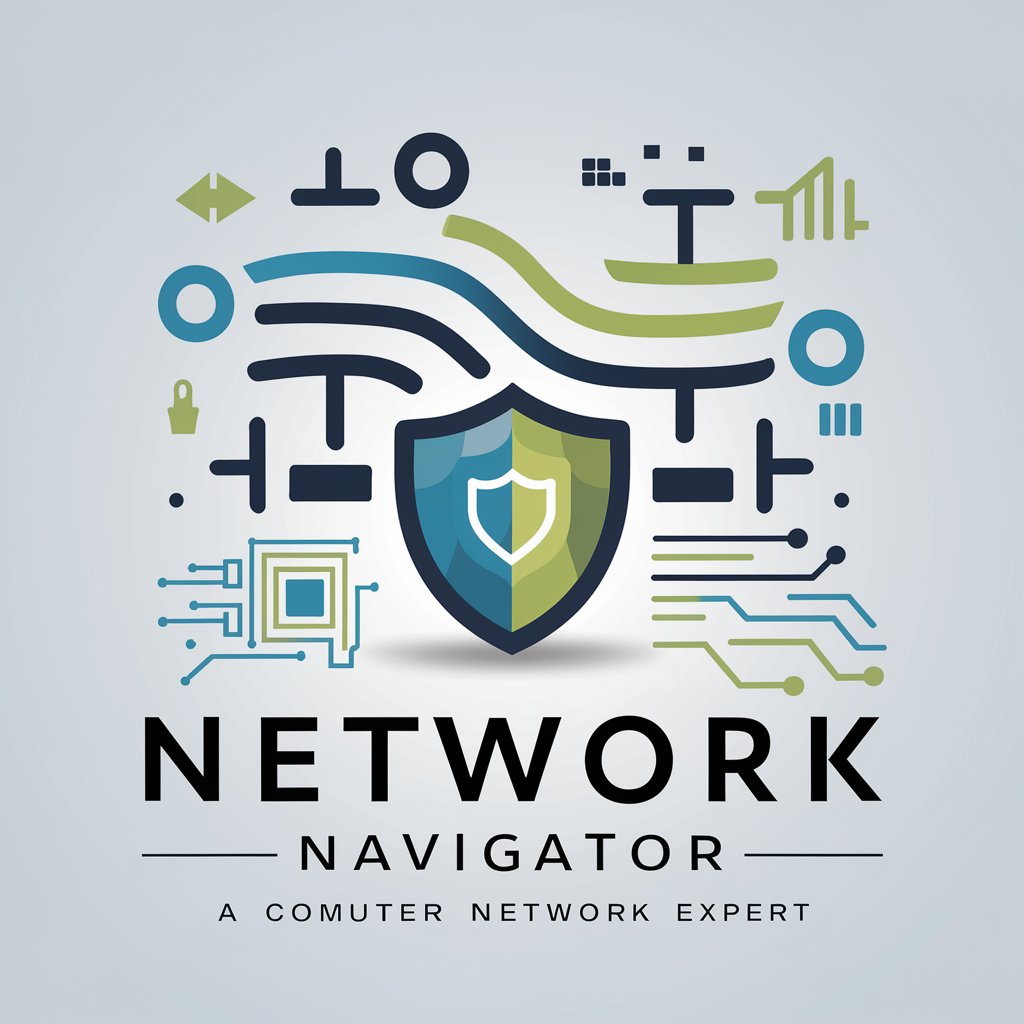
Communication Networks - Comprehensive Network Assistance

Welcome to Study Buddy! Let's ace those midterms together.
Empowering Network Insights with AI
Explain the concept of TCP/IP operations and their importance in networking.
Describe the error control coding mechanisms used in communication networks.
What are the key principles of protocol layering in network communication?
Provide a step-by-step guide on how to troubleshoot common network issues.
Get Embed Code
Introduction to Communication Networks
Communication Networks are the backbone of modern digital communication, enabling the transfer of data across different devices and platforms. Designed to facilitate the exchange of information, these networks range from local area networks (LANs) that connect computers within a limited area, to vast, global internet networks linking millions of devices worldwide. An example scenario illustrating their purpose is the internet, which connects users from around the globe, allowing for the exchange of emails, the sharing of files, and access to web services. Another example is a corporate network that enables employees to collaborate by sharing files, accessing databases, and using company applications securely within a protected environment. Powered by ChatGPT-4o。

Main Functions of Communication Networks
Data Transmission
Example
Email exchange between users
Scenario
Communication networks allow for the seamless exchange of emails between users, irrespective of their geographic locations, by routing data packets through a series of network nodes.
Connectivity and Accessibility
Example
Remote work access
Scenario
Enabling employees to access corporate resources from remote locations, communication networks facilitate telecommuting by providing secure connections to company databases and applications via VPNs (Virtual Private Networks).
Resource Sharing
Example
Shared printers and storage on a LAN
Scenario
In an office setting, communication networks allow multiple devices to access shared resources like printers and storage drives, improving efficiency and reducing costs.
Information Distribution
Example
Streaming services
Scenario
Networks enable content providers to distribute multimedia content, such as video and music, to a vast audience over the internet, exemplified by streaming services like Netflix and Spotify.
Ideal Users of Communication Networks Services
Businesses and Corporations
Businesses leverage communication networks for internal communication, data exchange, and to provide services to customers. They benefit from the efficiency and scalability networks offer, facilitating operations like customer service, remote work, and e-commerce.
Educational Institutions
Schools, colleges, and universities use networks to provide access to educational materials, facilitate online learning platforms, and manage administrative functions, thereby enhancing the educational experience for both teachers and students.
Government Agencies
Government entities rely on secure communication networks for data sharing, inter-agency communication, and providing public services online, thereby increasing transparency and convenience for citizens.
General Public
The general public uses communication networks for personal communication, entertainment, accessing information, and social networking, benefiting from the global connectivity and diverse online services these networks provide.

Using Communication Networks: A Step-by-Step Guide
1
Begin by accessing yeschat.ai for a no-cost trial, no login or ChatGPT Plus subscription required.
2
Identify your specific need or challenge within the realm of communication networks to select the most suitable features.
3
Engage with the interactive platform by inputting your queries or tasks related to communication networks for real-time assistance.
4
Utilize the insights and solutions provided to enhance your understanding or resolve specific issues within communication networks.
5
For ongoing projects or more complex queries, consider utilizing the save and history features to maintain continuity in your work.
Try other advanced and practical GPTs
Communication Style
Shape Your Words with AI

Communication Counsel
Enhancing Interactions with AI

Communication Catalyst
Enhance Skills with AI-Powered Communication

Communication Coach
Refine Your Speech with AI

Communication Coach
Enhance Your Communication with AI

Communication Coach
Enhance Your Speech with AI

Communication Crafter
Empowering Your Words with AI

Quantum Jumping Coach
Leap Into Creativity with AI

Jump Trainer (all ages)
Elevate Your Jump, Enhance Your Fitness

Jumpserver 技术顾问
Empowering Jumpserver, Powered by AI

Jumping Jack
Your AI-Powered Fitness Partner

Email Objective Assistant
AI-powered clarity for your emails.

Common Questions About Communication Networks
What types of communication networks can this tool analyze?
The tool can analyze a wide range of networks, including TCP/IP models, WAN, LAN, and wireless networks, providing insights on protocols, configurations, and optimization strategies.
How can this tool assist in academic research on communication networks?
It offers comprehensive data analysis, literature review assistance, simulation setup guidance, and helps in formulating research questions or hypotheses related to communication network studies.
Can I use this tool for real-time network troubleshooting?
Yes, it provides diagnostic support, suggests troubleshooting steps, and can offer simulations to predict how changes might affect your network.
Does it support teaching and learning activities in network engineering?
Absolutely, it's equipped to provide explanations of complex concepts, generate quiz questions, and facilitate learning through interactive problem-solving exercises.
Can it generate reports on network performance and security assessments?
Yes, it can guide you through creating detailed reports on network performance, security vulnerabilities, and recommend improvements based on the latest standards.





